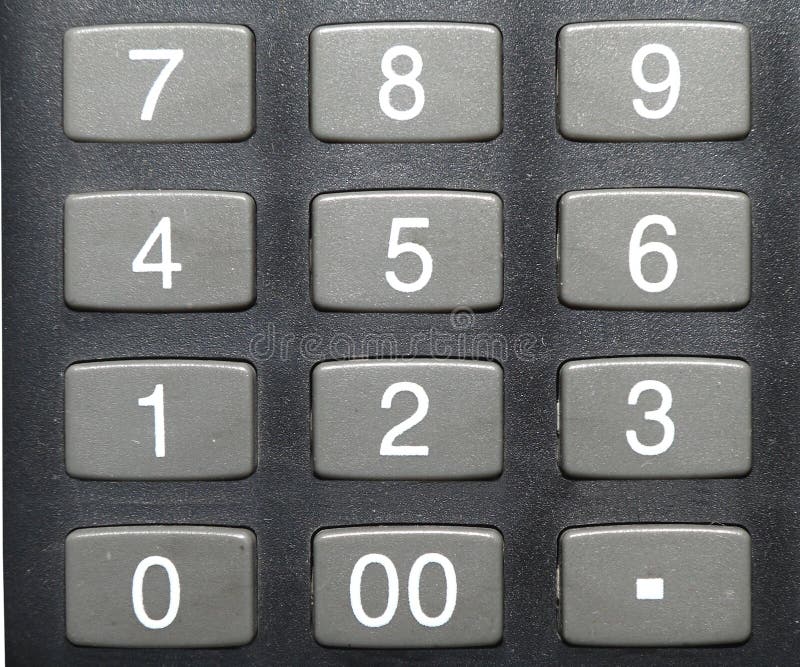

Using Karabiner-Elements I came to the same conclusion as Allan above: the keycode just doesn't get received by the OS. I just bought myself a (fantastic) sculpt keyboard, and had the same question. If it is being detected, there's a chance of using it, but you'll need an application to see the keypress to utilize it. If it's not being detectable at all, it's unusable. That would be a software development question outside my and this site's scope.

If xev can see it, it means that the scancode is being sent, it's just the HID kexts macOS uses are insufficient. I've used this to test and map Sun Microsystems Type 5, 6, and 7 keyboards on my Mac and can verify that it detected the extra keys. | sed -n '/keycode /s/^.*keycode \(*\).* (.*, \(.*\)).*$/\1 \2/p'īelow is some random keypresses on my wired Unix keyboard attached to my Mac. Using the following command, you can get the output of each keypress xev | grep -A2 -line-buffered '^KeyRelease' \ You'll need to run it in XQuartz which is an X11 environment. There is a utility you can use that can verify if the keyboard is sending the code or not - xev. If macOS isn't "seeing" the scan code then there's not much that can be done in mapping it - it's got to see it to map it.


 0 kommentar(er)
0 kommentar(er)
